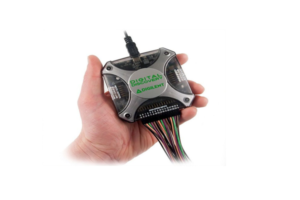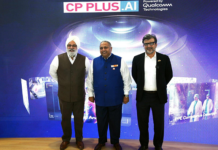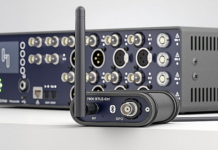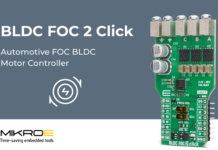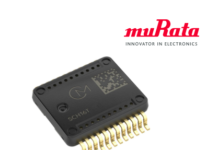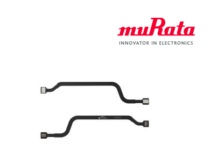Digital Discovery is a device similar to Analog Discovery in that both are compatible with Wave Forms 2015 environment. Digital Discovery offers more channels, faster sampling rate, and additional optimisation options to suit your needs. It is an excellent tool for embedded system development. This device is only equipped with tools for operating on digital signals – a logic analyser, a logic signal generator, and a protocol analyser.
Project goals
This project was created to demonstrate Digital Discovery’s functionality, and its detailed description is available on Digilent’s blog. A 48-pin FPGA CMOD A7 universal board was used in the project. The goal was to build a counter working with a 7-segment LED display. Numbers from 0 to 9999 were to be displayed consecutively on the LED display. Afterwards, the counter was to reset and start counting again.
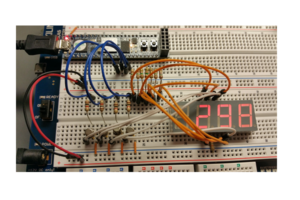
Project execution
The CMOD A7 has no on-board 7-segment display, therefore an external analog driver circuit was added. Some code modifications were necessary, since both cathode and anode pins were driven to the same logic level; therefore bipolar transistors – working as inverters – were installed on the board between the FPGA pins and the LED pins.
Once the code and driver were working correctly, the next step was adding Digital Discovery. The Digital Discovery has 40 I/O pins, and, as we already know, 24 of them are dedicated as digital inputs connected to the front 32-pin port. Two additional PMOD compatible ports are located on either side of the device and can be used for both input and output.
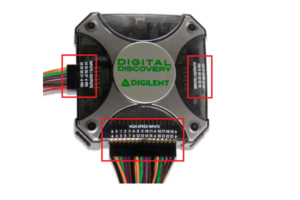
A total of 11 pins were monitored, 1 for each segment and 1 for each cathode.
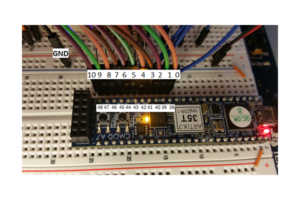
Once everything was connected, it was just a matter of recording the data using the WaveForms software.
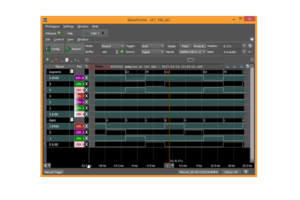
The Digital Discovery is set by default to get 200 million samples per second (MS/s), but is capable of up to 800 MS/s, which would be far beyond the reach of the CMOD A7 board. A Nexys 4 board with a 100 MHz clock was used for subsequent tests. In order to use the 800 MS/s option, a High-Speed Adapter was used, and High-Speed Probes, which enable fast-changing signals to be registered, were connected to the adapter. The HSPs were then connected to Digital Discovery through the HSA.
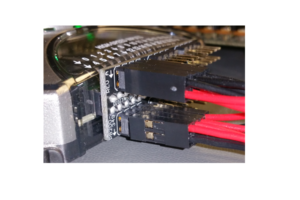
The display control signals were routed to two PMOD connectors of the Nexys 4 board. The probes were also attached to those connectors. The GND pins were tied together. The fact that the free ends of the probes were equipped with heat-shrink tubing, which gives strength to the connection, but also makes it difficult to place more than three wires next to each other on a standard breadboard with 100 mil spacing, had to be considered at this point. Therefore, there was a need to show some creativity with the connections.
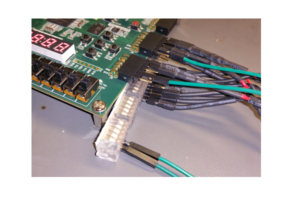
The code was modified to work with the Nexys 4 board and then loaded. The ones digit on the 4-digit display was driven by the 100 MHz system clock. Therefore, the thousands digit was cycling between 0 and 9 at the frequency of 10 KHz. That is definitely too fast for the human eye to see.
By making a couple of adjustments to the Digital Discovery logic analyser settings…
Continue Reading click Next Page…



